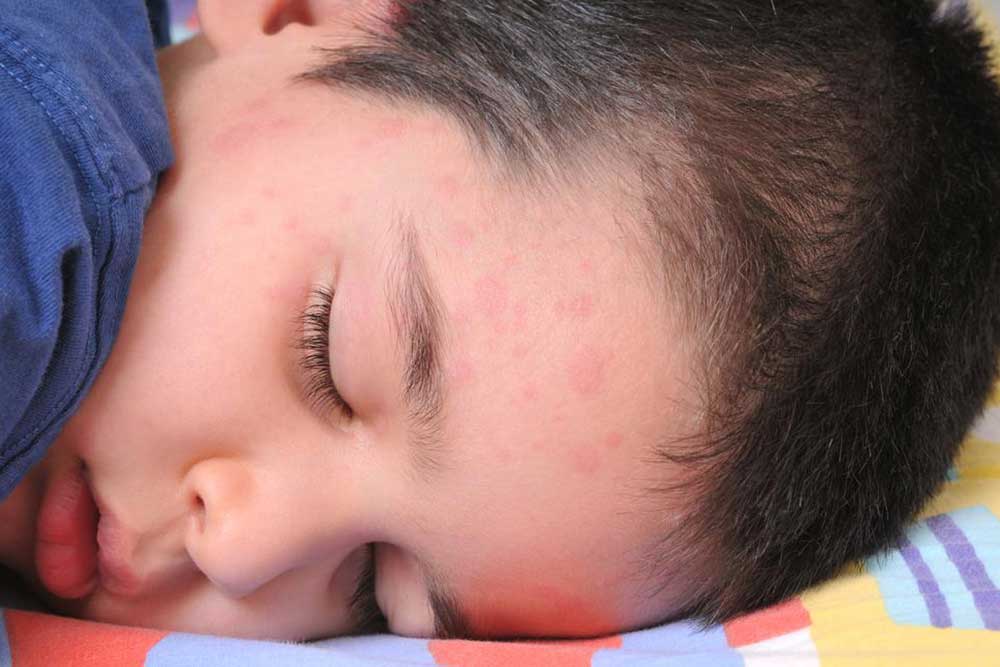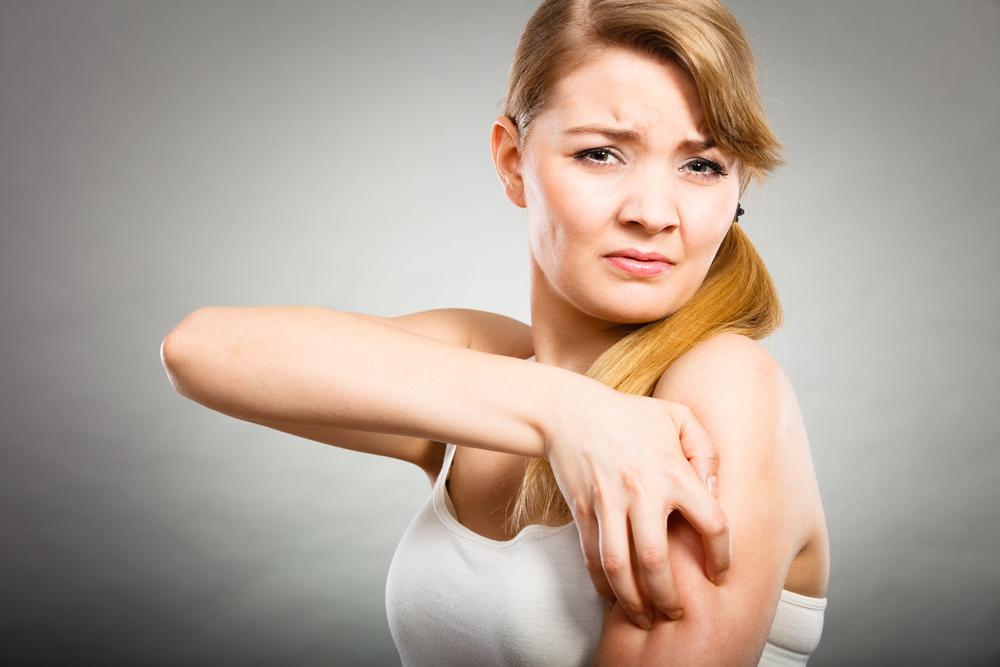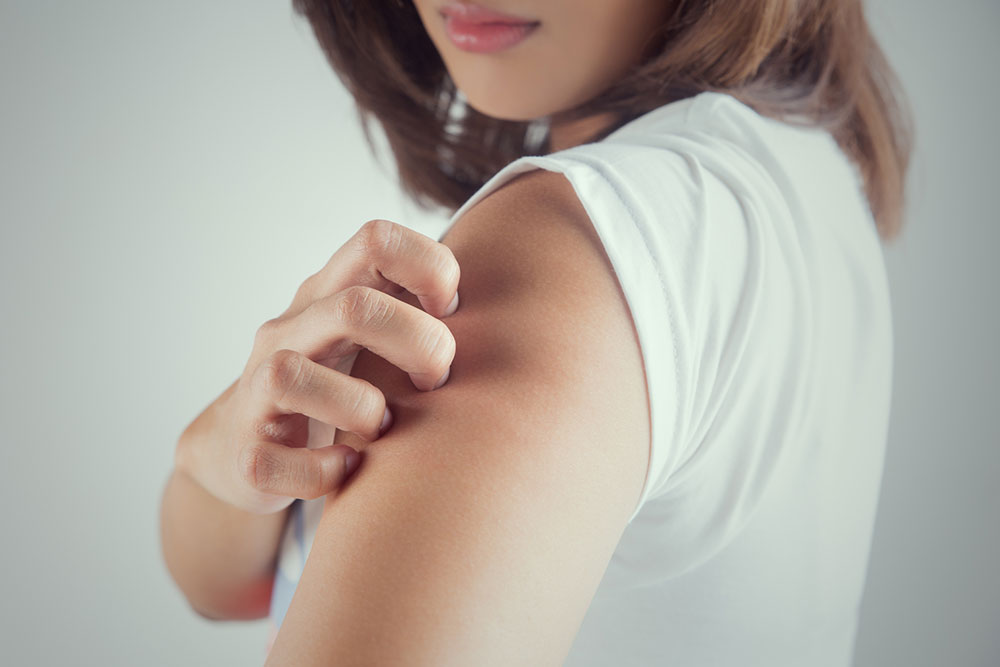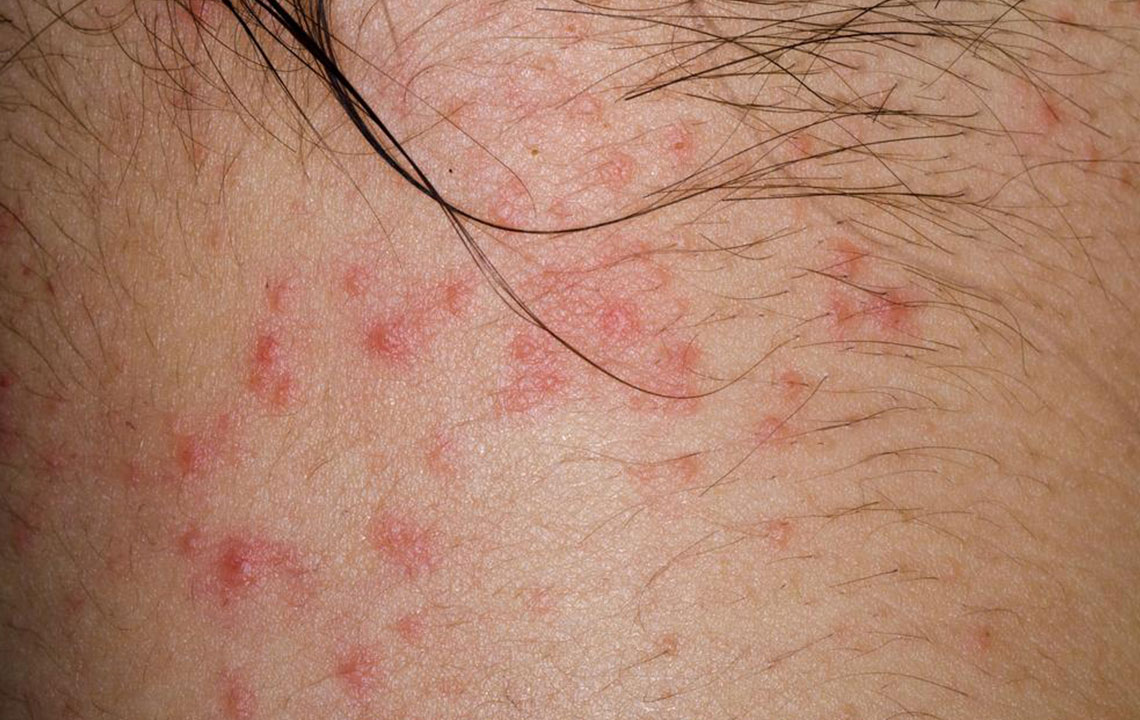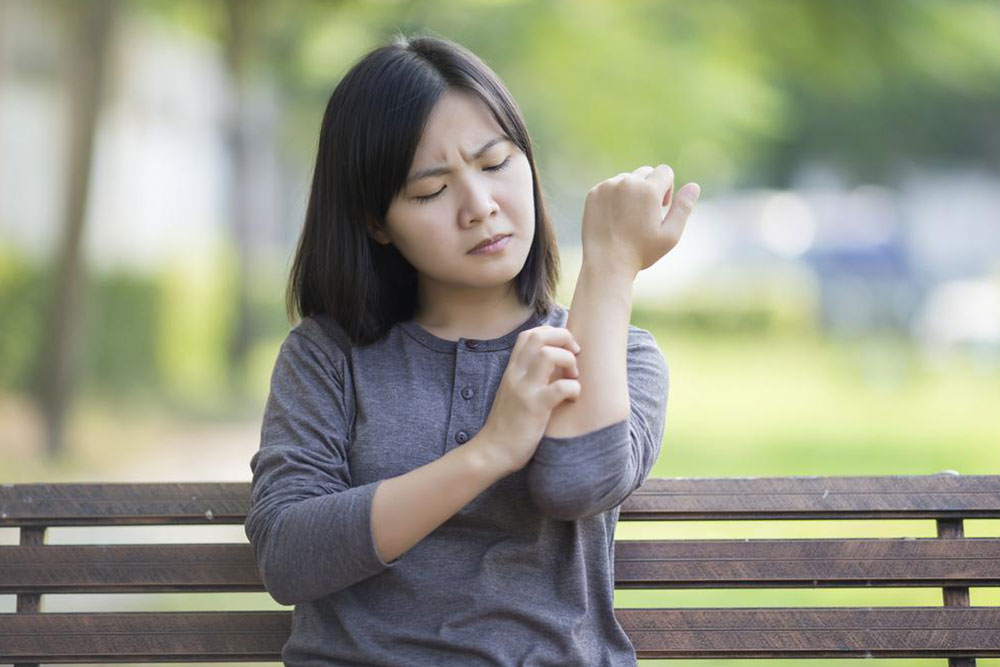Comprehensive Guide to 10 Common Skin Rashes
This comprehensive guide explores 10 common skin rashes, including eczema, psoriasis, shingles, and others. It highlights symptoms, causes, and treatments, emphasizing the importance of medical consultation for persistent or severe reactions. Preventive tips and trigger avoidance are also discussed, aiding readers in managing skin health effectively.
Comprehensive Guide to 10 Common Skin Rashes
A skin rash occurs when an area becomes inflamed, changes color, or develops sores, blisters, or scales. Rashes can be triggered by heat, infections, or exposure to allergens like dyes, fragrances, certain skincare ingredients, or plants such as poison ivy. While some rashes resolve on their own, others signal serious health issues requiring prompt medical attention.
Atopic Dermatitis
This chronic condition causes itchy, inflamed, and cracked skin. Sometimes, sores or blisters form. The symptoms may fade or persist long-term, often caused by irritants like soaps, skincare products, or synthetic fabrics. Doctors can help identify the condition and its triggers.
Parasite Infection (Scabies)
Scabies is caused by tiny mites burrowing into the skin, leading to redness and intense itching. The rash often appears as pimples and is highly contagious, spreading through close contact. Treatment from a dermatologist is effective for eradication.
Shingles
Triggered by the chickenpox virus (varicella-zoster), shingles presents as painful, blistering rashes along nerve pathways. Symptoms include burning pain, fever, and fatigue. Though incurable, medical treatments focus on alleviating discomfort and controlling the infection.
Psoriasis
This autoimmune disorder causes dry, scaly patches on the skin, often white but sometimes dark or purple on darker skin tones. The skin thickens due to rapid cell turnover, leading to scaling and itching. While incurable, treatments can reduce symptoms effectively.
Contact Dermatitis
Developing after contact with irritants or allergens, this rash causes itching, redness, dryness, and sometimes blisters or sores. Avoiding specific substances helps manage symptoms.
Facial Rosacea
Chronic rosacea appears as small red bumps on the face, mainly on the nose, cheeks, and forehead. Variants include redness with visible blood vessels, red acne-like bumps, skin thickening (rhinophyma), and eye irritation. While no cure exists, treatments can control symptoms.
Hives
Raised, itchy welts appearing on the skin can result from various triggers such as foods, extreme temperatures, insect bites, or allergies. The rash usually resolves with treatment or avoiding triggers.
Flea Bites
Fleas typically infest household pets, leading to small, red, itchy bumps on human skin. Preventing flea infestations involves regular pet treatments and hygiene practices.
Bacterial Skin Infection (Cellulitis)
Cellulitis occurs when bacteria invade through a cracked skin area, causing redness, swelling, warmth, and pain. It requires urgent medical care, often with antibiotics, and may be accompanied by fever.
Highly contagious, measles causes widespread red rashes, accompanied by fever, cough, sore throat, and nasal congestion. The rash spreads from the face downward to other parts of the body.
Recognizing different types of rashes is crucial for proper treatment. Persistent or severe skin reactions should be evaluated by a healthcare professional for accurate diagnosis and management.

